Building a Covered Patio Attached to the House
Haven’t you found that often, if the ideas you harbored for your backyard come alive, this would be something that would make a comfortable, shaded hideaway from the sun to relax and entertain? Imagine an attached patio, attached right to the house—it is so much more than an add-on. Such covered patios attached to a house provide a perfect blend of comfort and style indoors that extend into the outdoor environment. It acts as a natural spill for the inside of your home, as it offers a perfect transition space from the living area.
This guide will provide a clear and easy path for making that dream outdoor setting a reality.
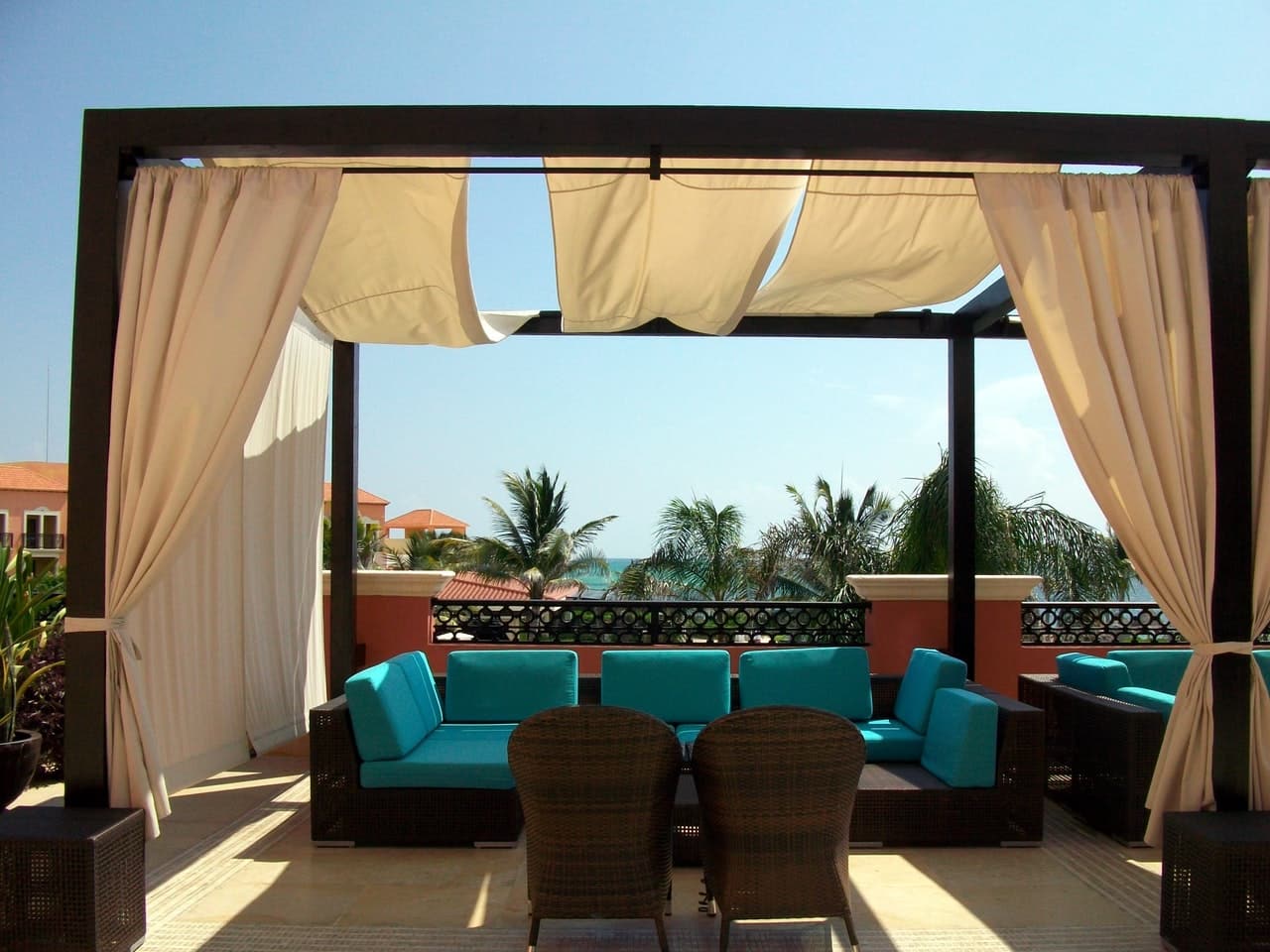
But a covered patio becomes more than just a pretty add-on; it makes this area a sanctuary that can be used year-round. Follow these guidelines to find out how to build a patio cover, accent your home, and allow your outdoor living needs. There are indeed a few benefits to having a covered patio attached to your house. This is because it will protect you from weather elements and give you a cool place to sit during hot days, apart from generally increasing the value for your home.
But where do you start?
The objective of this guide is to break down the process with a general outline of key steps and things to consider to ensure that the ceremony runs smoothly and brings honor to the deceased.
From the excitement of envisioning to enjoying a covered patio attached to your house, the whole process may seem thrilling but daunting. Worry not; this guide is crafted to walk you through each project phase. We’ve got you from the initial planning and design to the choice of materials and actual construction. You can keep things simple and add an elegant design, or you can go very large with that and think of something like building the most extravagant outdoor living space. However, to know how to build a patio cover the right way is paramount.
Follow this easy, step-by-step process to ensure the finished product is beautiful and durable, an extension of your home that will last through years of memories.
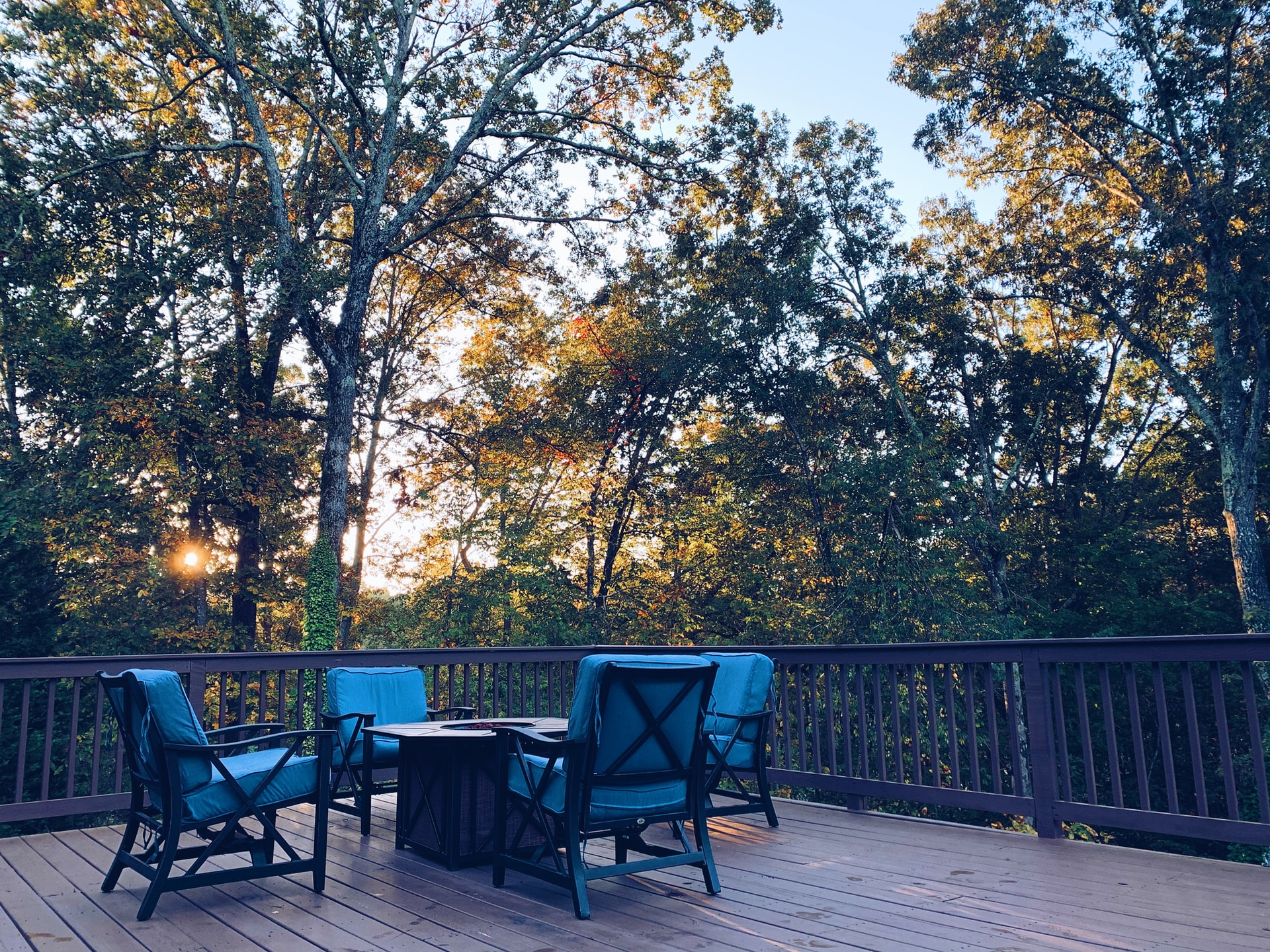
Planning and Preparation
Prior planning and preparation are necessary checkpoints before you set out on your journey to add a patio cover attached to the house. First, one should reflect on the purpose of your new outdoor space. Is this going to be mainly a place of repose, giving vivacious parties for one person, or an all-purpose area that serves both for chilling out and hosting activities? First of all, the idea for the main purpose of the patio will surely be a great determinant of its design and size. Measure in detail the space available for the new construction and ensure that it fits perfectly to give you the necessary functionality. It would also be a great time to think over just how the result should look and, if possible, ensure that your patio cover blends ideally with the architecture of the dwelling.
Building a patio cover with this aesthetic beauty to add to your home involves far more than dreaming of its beauty.
You should check with the local building code and regulations, to ensure that your project meets the necessary standards. More so, since this concerns the acquisition of a new attachment to your existing house, understanding these regulations early can ensure timely adjustments later on. Last but not least, a pragmatic budget is vital in guiding the finances of the project so that it can be handled without much strain. Equally important is that the agreeable doable timeline takes account of the planning, procurement, and construction phases. This detailed preparation ensures the process of building your patio cover goes off smoothly and, at the end of construction, you complete and enjoy your new outdoor living space.
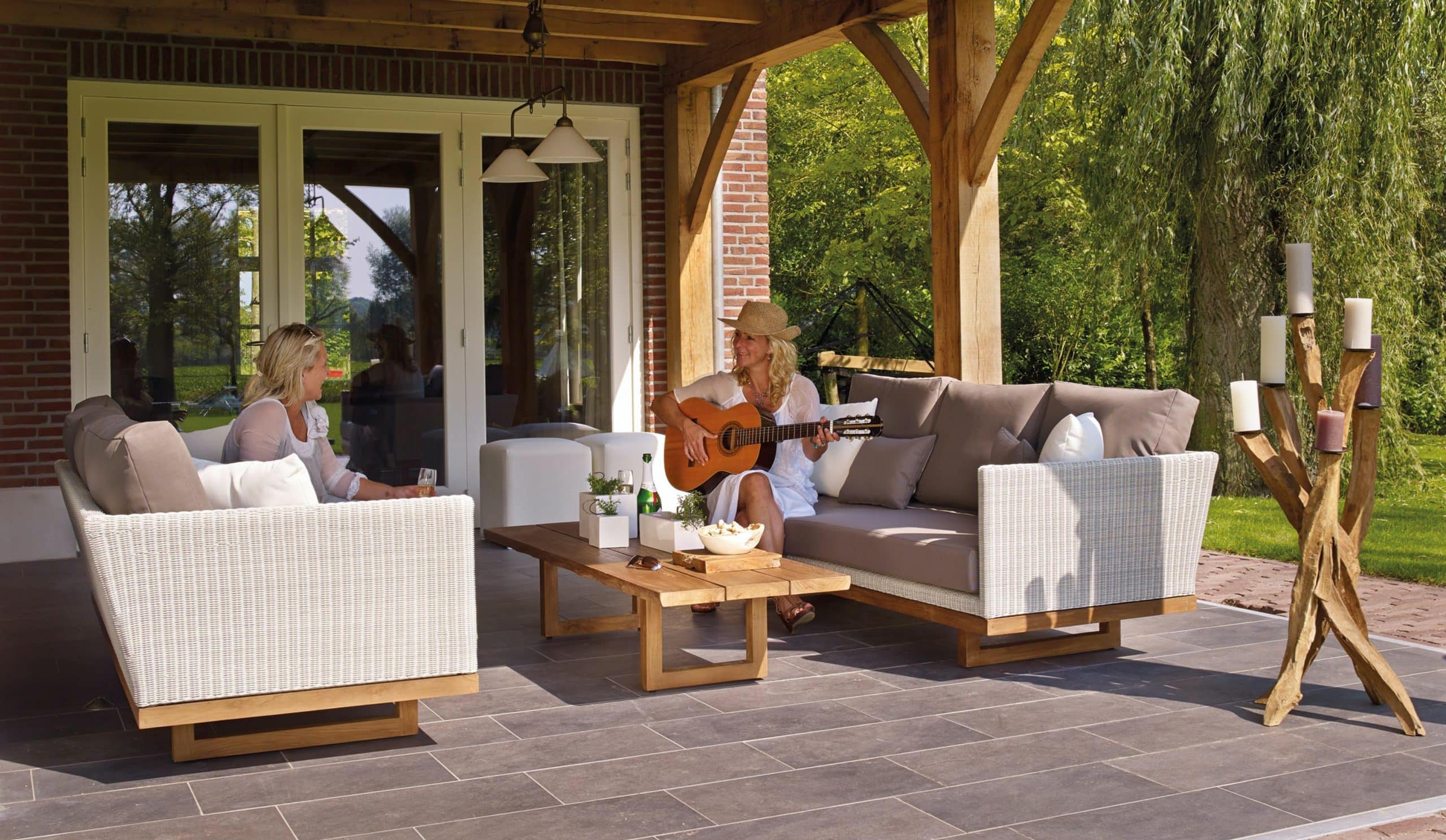
Designing Your Patio Cover
This is the stage where the best of your creativity has to come out, though it is still practical. Design starts with the visual element of imagining how the patio cover’s style, shape, and materials will blend with your existing home structure.
This goes beyond the aesthetic; it gives an overall view of the property in all its attractiveness. The following site orientation features should be considered during the placement and orientation of your patio cover: sun angles and Prevailing Winds.
The aim here is to site the patio in a place that will guarantee one his maximum comfort, where he will enjoy both the breeze and the shades at different seasons and times of the day.
Moreover, in the weakest consideration, the structural strength should not be a lowly one. This is because it is an extended part of your house, hence needing strong supporting structures that could easily cope with the weather conditions along with durability. That calls for thinking about the weight of the roofing, its composition, and exactly how the covering is most likely to fasten to the home. That’s the point where the elements can get hairy, so it is best to consult an architecture professional or structural engineer.
This means that the idea of a beautiful patio cover indeed fulfills every required degree of safety and even building codes. The critical decisions abound, cutting through how your design is going to look stunning and be structurally sound. Priceless advice is given by the professional in this matter so that many years are ensured that your patio cover will be a safe and enjoyable extended living space.
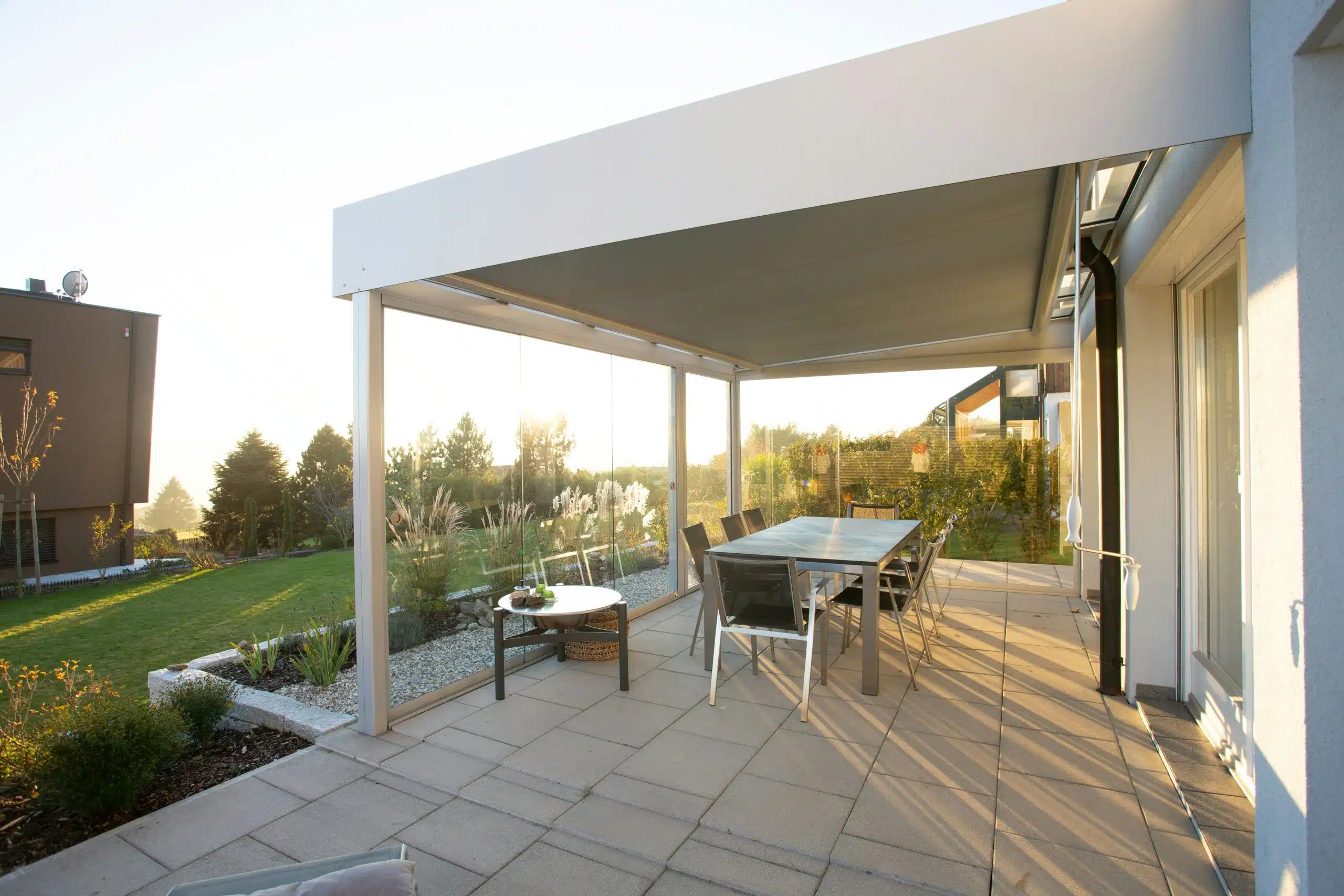
Covered Patio Roof Options
When it comes to covering your patio, there are several roof options to consider:
Patio Cover Materials
The selection of materials for your patio cover is a critical decision that influences not just the appearance but also the durability and maintenance requirements of your outdoor space. Here’s a closer look at the common materials used for patio covers and what you should consider for each:
Wood
A wooden patio offers a classic, organic look that is very well suited to just about every home style; it’s quite a favorite with traditional and rustic designs. However, from time to time, maintenance is very much needed for the wood, such as sealing or staining for any possible problems associated with rot, warp, and termite damage. If the cover you install for your patio will have a warm, natural look and need its share of tending, then wood might just be your ticket.
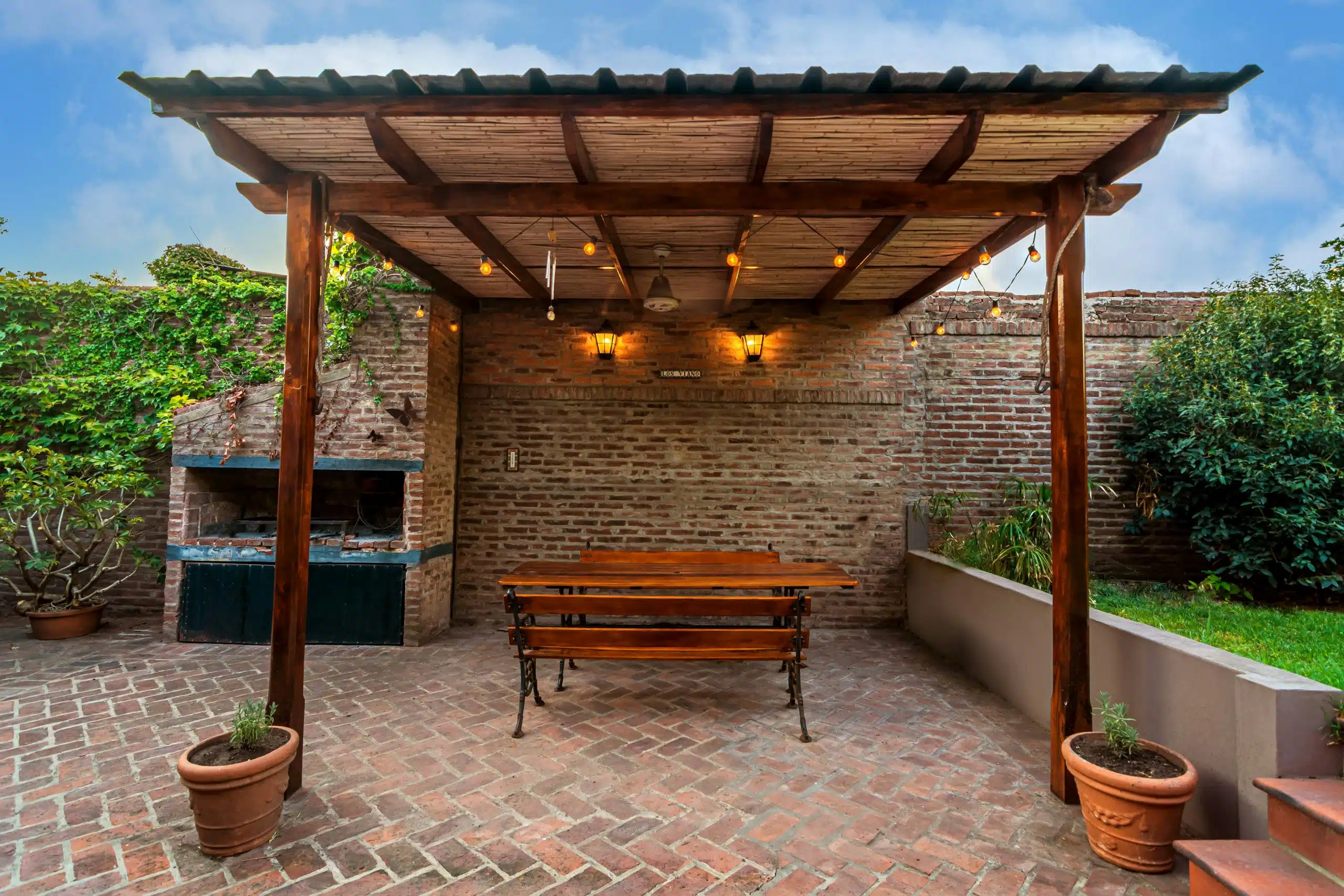
Aluminum
Aluminum is a lightweight, durable, and low-maintenance option. It doesn’t rust, rot, or require frequent painting. Aluminum covers can also be designed to look like wood or other materials, offering various designs with outstanding protection against the elements. If you want a much more modern appearance for your home and you detest getting troubled by the inconveniences of big-time maintenance, aluminum is probably your best bet.
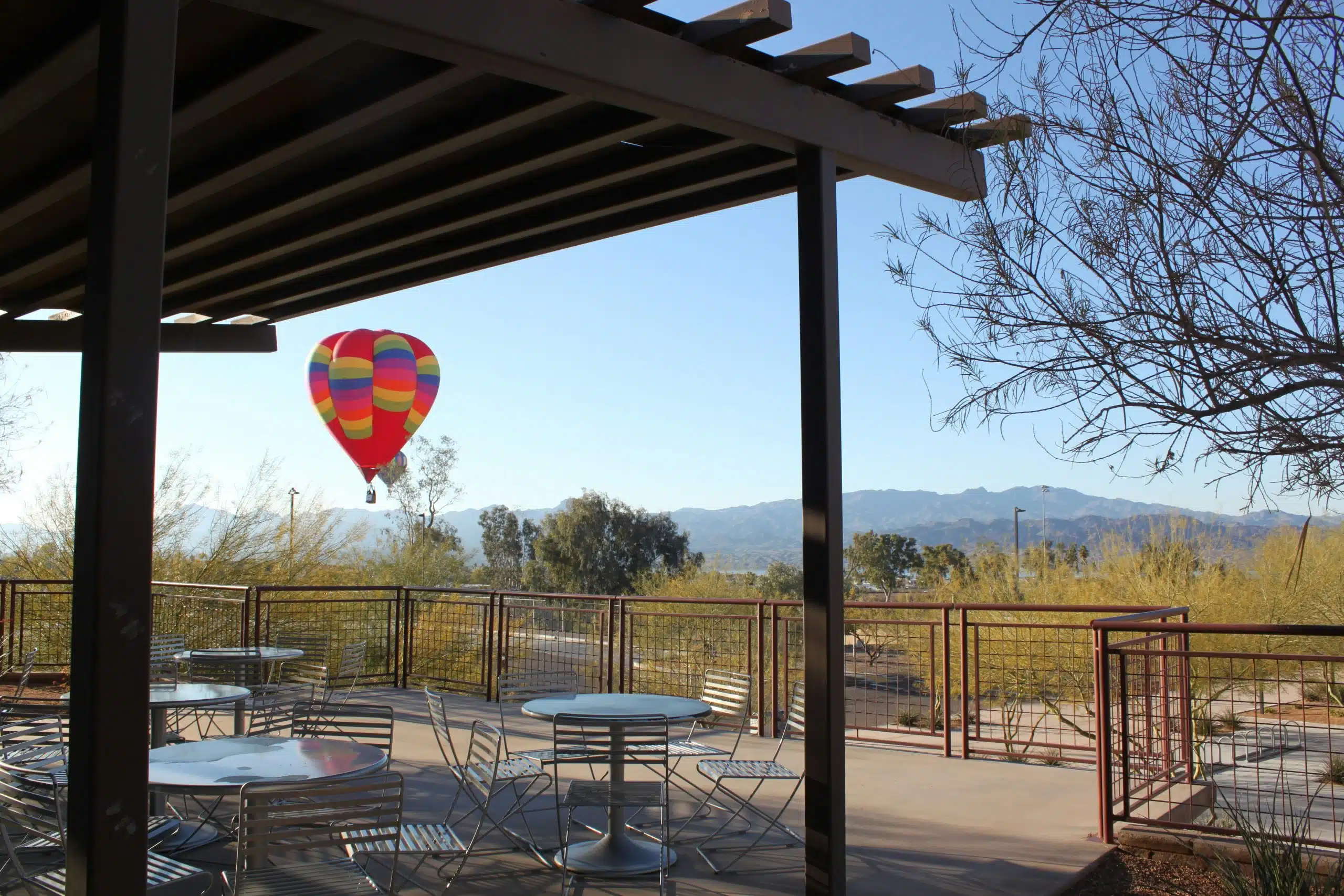
Vinyl
The other one is vinyl, which is also one of the low-maintenance materials. It resists rot, peeling, and fading. It comes in several colors and various styles. It can also fit your home’s exterior like the other sidings. While it cannot resist heat as metal does and cannot be equated to the level of classy provided by wood, vinyl gives a very excellent and stable option for the patio to those sensitive to cost.
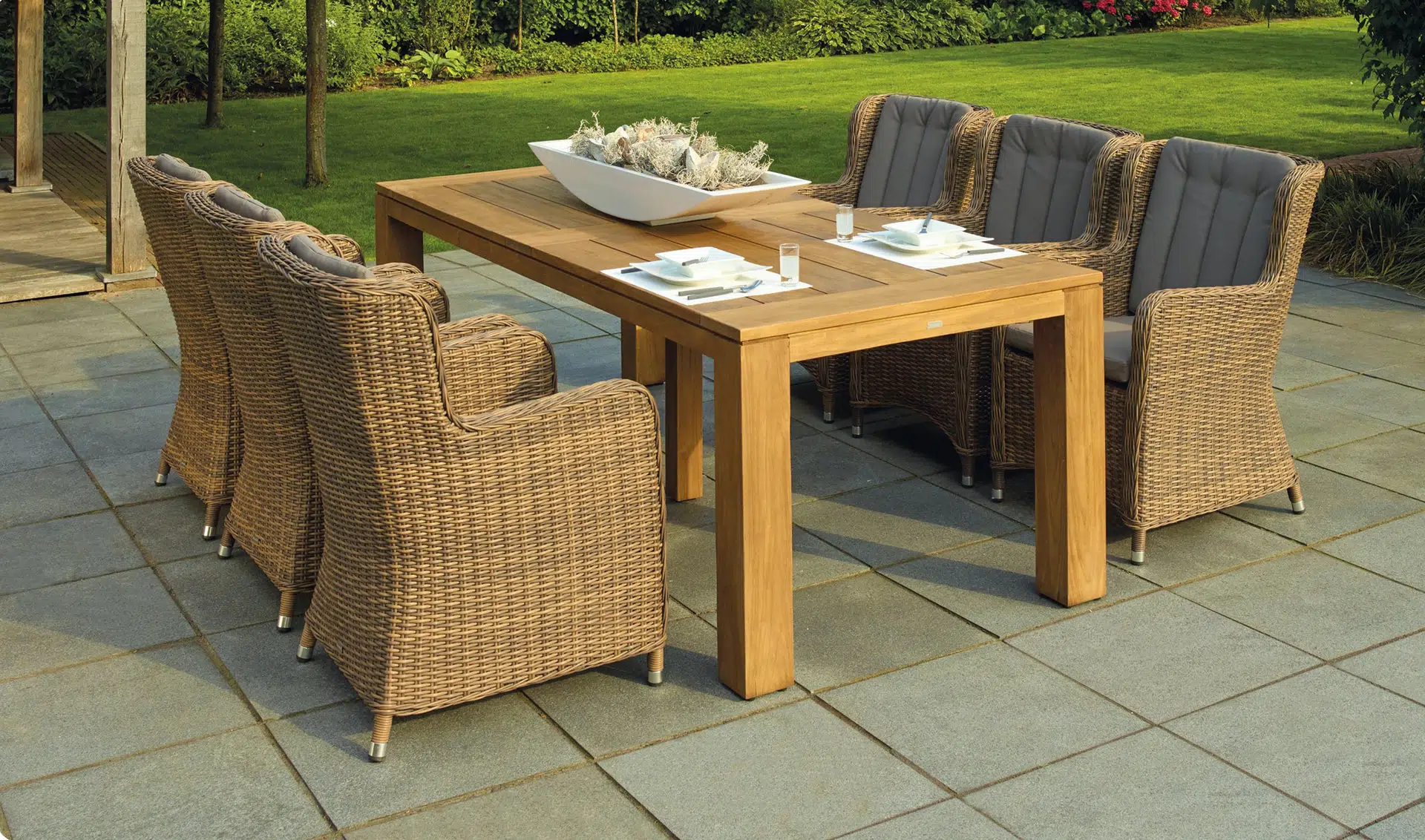
Polycarbonate
Strong and light, polycarbonate offers a variety of design flexibilities. It may come in clear, translucent, or tinted forms, allowing light penetration on your patio cover. The only disadvantage is that it will be suitable for a person who just needs to cover the terrace from the rain or aggressive sun but not completely from the sun. At the same time, it can be scratched and cleaned with special solutions.
When choosing the material for your patio cover, consider the climate in your area, your home’s architectural style, and how much time and resources you are willing to dedicate to maintenance. Each material offers unique benefits, so select the one that best meets your needs and complements the aesthetic of your home.
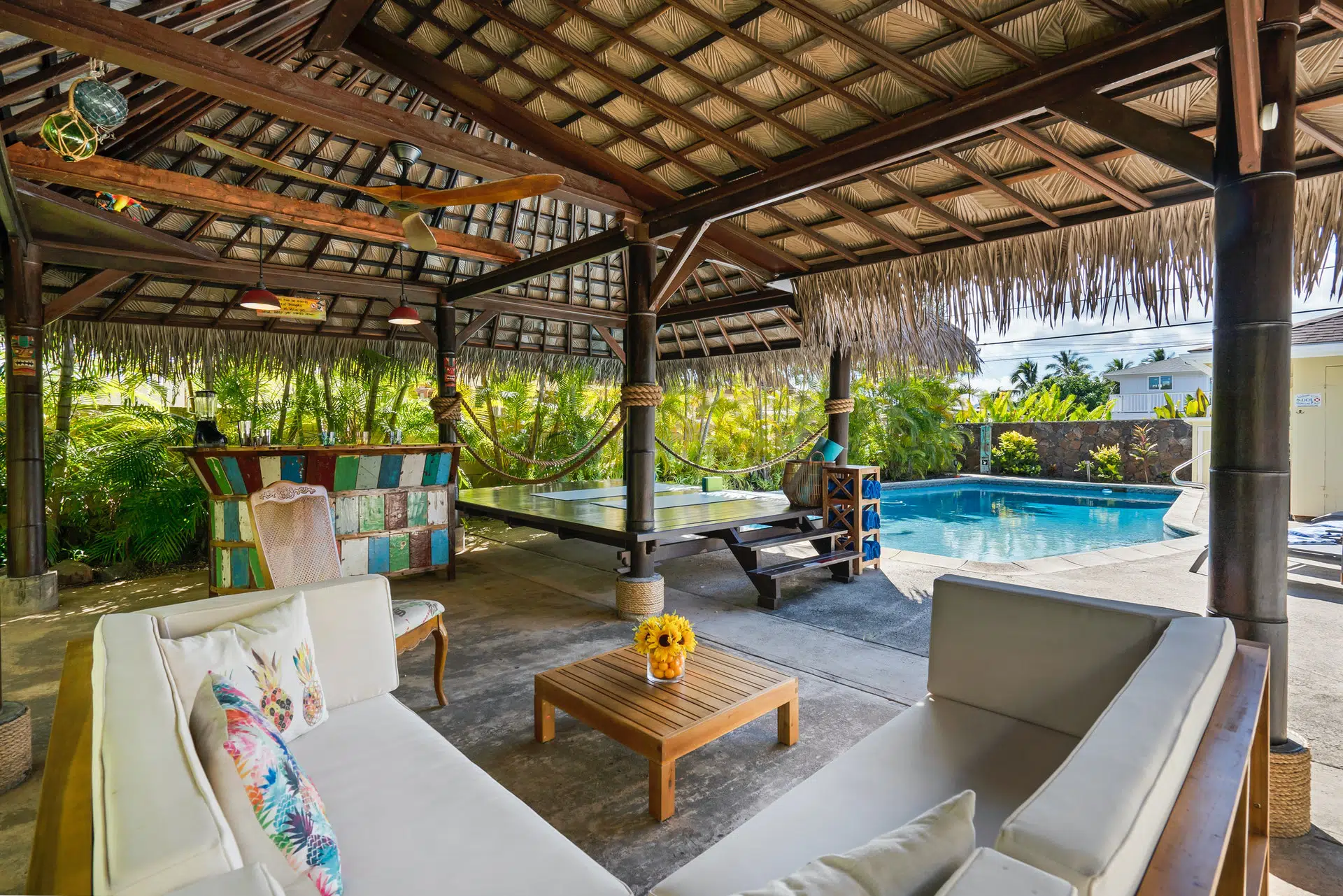
Covered Patio Cost Estimates
Construction costs for your covered patio will likely vary from place to place, given the size, materials, and labor differences. It may be a good idea to visit several estimates with contractors, but you can also do part of it to save on costs. Good materials and workmanship are investments that might save you from the necessity of repairs that are worth lots of money in the future. If you have any doubts or more questions, contact our qualified specialists without hesitance, and they will surely help you in any situation.
Construction Steps
Building a covered patio is a multi-phased project that turns your outdoor area into a functional and attractive extension of your home. Here’s an overview of each phase:
Foundation and Support
The foundation is the cornerstone of your patio cover, providing stability and support for the entire structure. Begin by determining the type of foundation required. This may be concrete footings when the cover is freestanding or attachments when it’s connected to your house. The foundation must be level and firm enough to support the weight of the patio cover.
Please remember that all posts or columns are support systems that take the load of your roof. To make them safe and stable, they must be anchored into the ground or to the existing structure of your home.
Framing the Patio
With the foundation in place, the next step is framing the patio. This refers to the construction of the skeletal structure that determines the size and shape of the patio cover. Use durable material and ensure tight and secure joints and connections. The frame includes the beams, rafters, and posts supporting the roof. This is the point of the framing part, where it’s important to follow the design fairly closely. This is so the frame aligns with your home in the right manner and meets structure requirements.
Roofing Installation
With the frame in place, the next step is installing the roofing material. This could range from traditional shingles matching your home’s roof to modern materials like polycarbonate sheets for a lighter, more translucent cover. The roofing installation involves laying down the roofing material, securing it to the frame, and ensuring it is watertight and properly insulated. Proper installation is crucial to prevent leaks and ensure the patio cover protects adequately from the elements.
Finishing Touches
The last touch to your cover is the installed gutters and downspouts for the rainwater system. Lighting and fans are needed for the necessary illumination and air. Outside color your home painted or stained.
This phase allows you to customize your patio cover and enhance its functionality and aesthetic appeal. Add screens or curtains for privacy and to keep off bugs if needed. Outdoor heaters provide year-round comfort. Every piece, from the foundation to the finishing touches, is part of building a covered patio, which must be important to build something sturdy, stylish, and functional. Follow these steps to build a covered patio properly, and it will be ready to stand season upon season of use.
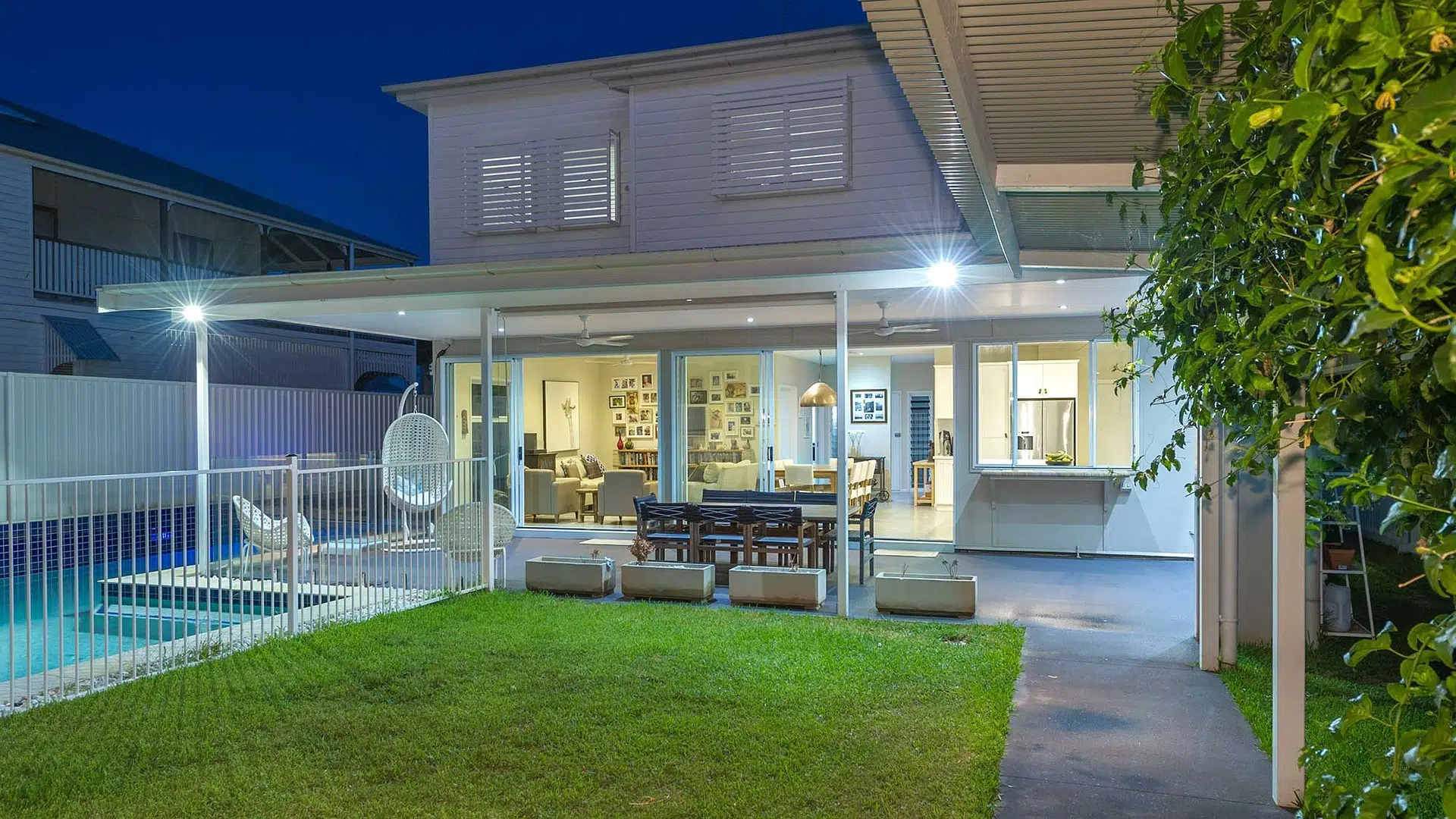
Enhancing Your Outdoor Living Space
With the structure in place, it’s time to transform your covered patio into a vibrant outdoor living space.
A Seamless Integration
The covered patio must be accommodated suitably in the original home design because the outdoor environment becomes congenial. First, there should be a choice of material and color that complements your house exterior color to give a free-flowing natural look between spaces.
Consider the architectural style and color palette used in your home and extend the same to your patio for a flowing, uniform look. Consider creating convenient entry points from your house to the patio: sliding doors or French doors will be particularly good at furthering a smooth transition from indoors to outdoors.
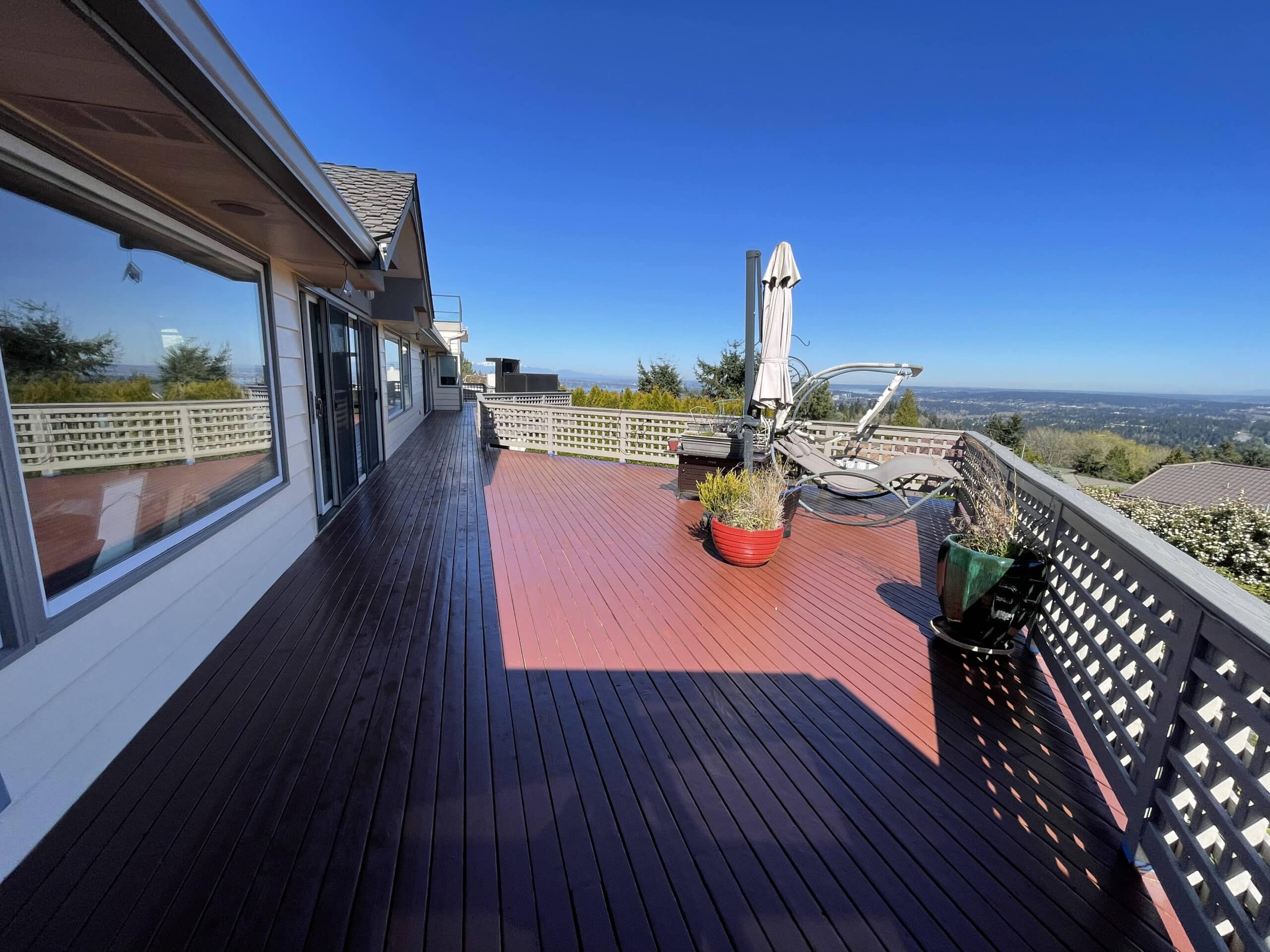
The Hub of Comfort & Functionality
A covered patio should be designed to be the center of your comfort and use specifications. Add the right ambiance with the addition of lighting fixtures that will enable its use into the night. Patio area heaters are to be included in the design for elegant chilly summer nights, adding a firepit or an outdoor heater. Some options to be added to this design include ceiling fans and, during the very hot months, cooling down your patio with a misting system.
At the same time, installing power outlets also bestows greater convenience. How convenient it is to use your electrically operated appliance even outside and furnish all kinds of outdoor cooking or entertainment setups.
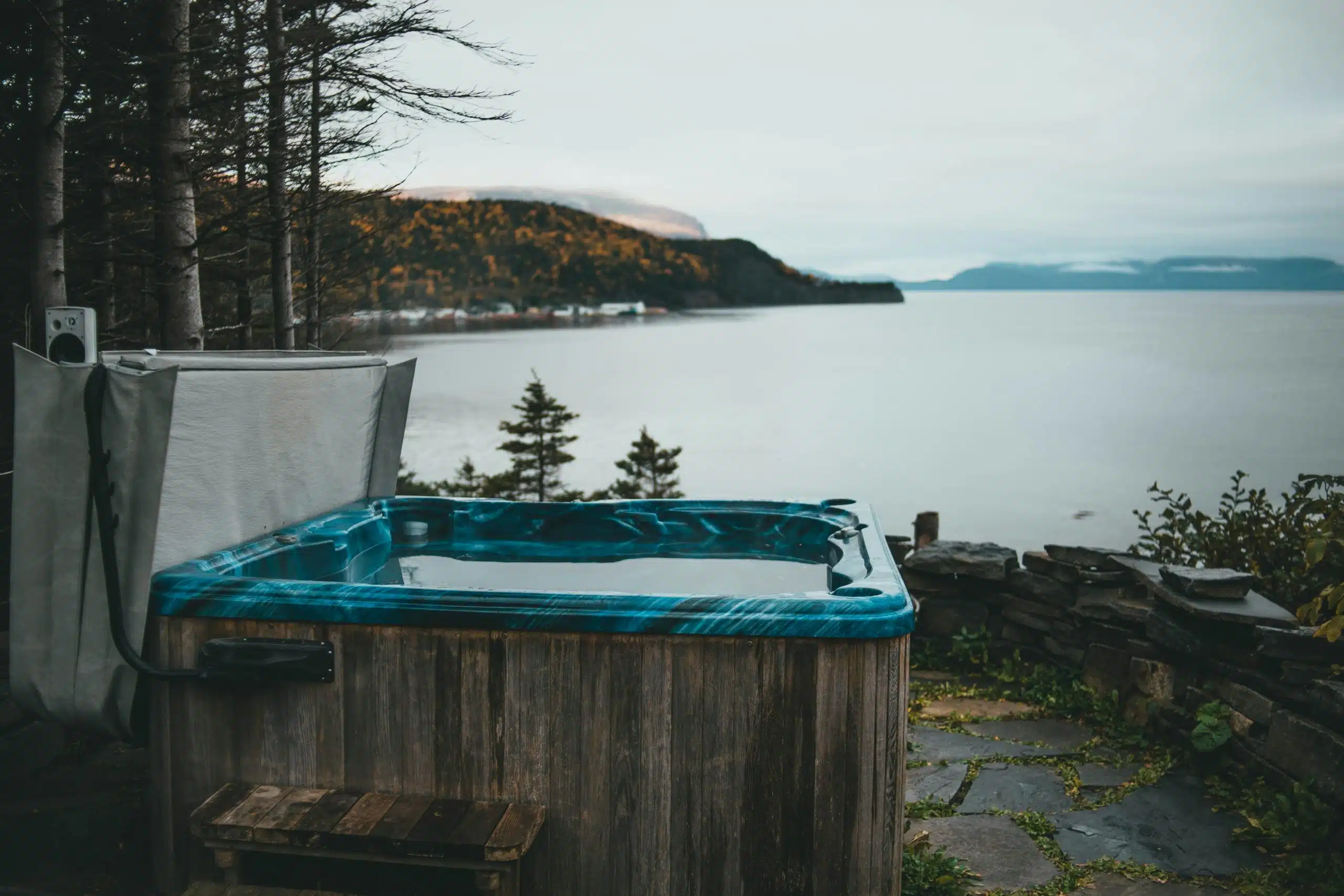
Furniture Matters
The choice of furniture can either spoil or make your outdoor living experience comfortable and stylish. Choose outdoor furniture comfortable enough to withstand the harsh outdoor environment. Others supplemented to boost durability and style include teak, wicker, and aluminum. Arrange seating in a manner that incites conversation and relaxation; leave room for movement.
If you’re adding levels of comfort, pitch in plush cushions to throw around with wild abandon, throws that give people a snuggly feeling, and outdoor rugs that help you feel the warmth of the environment where the desire for relaxation comes to fruition.
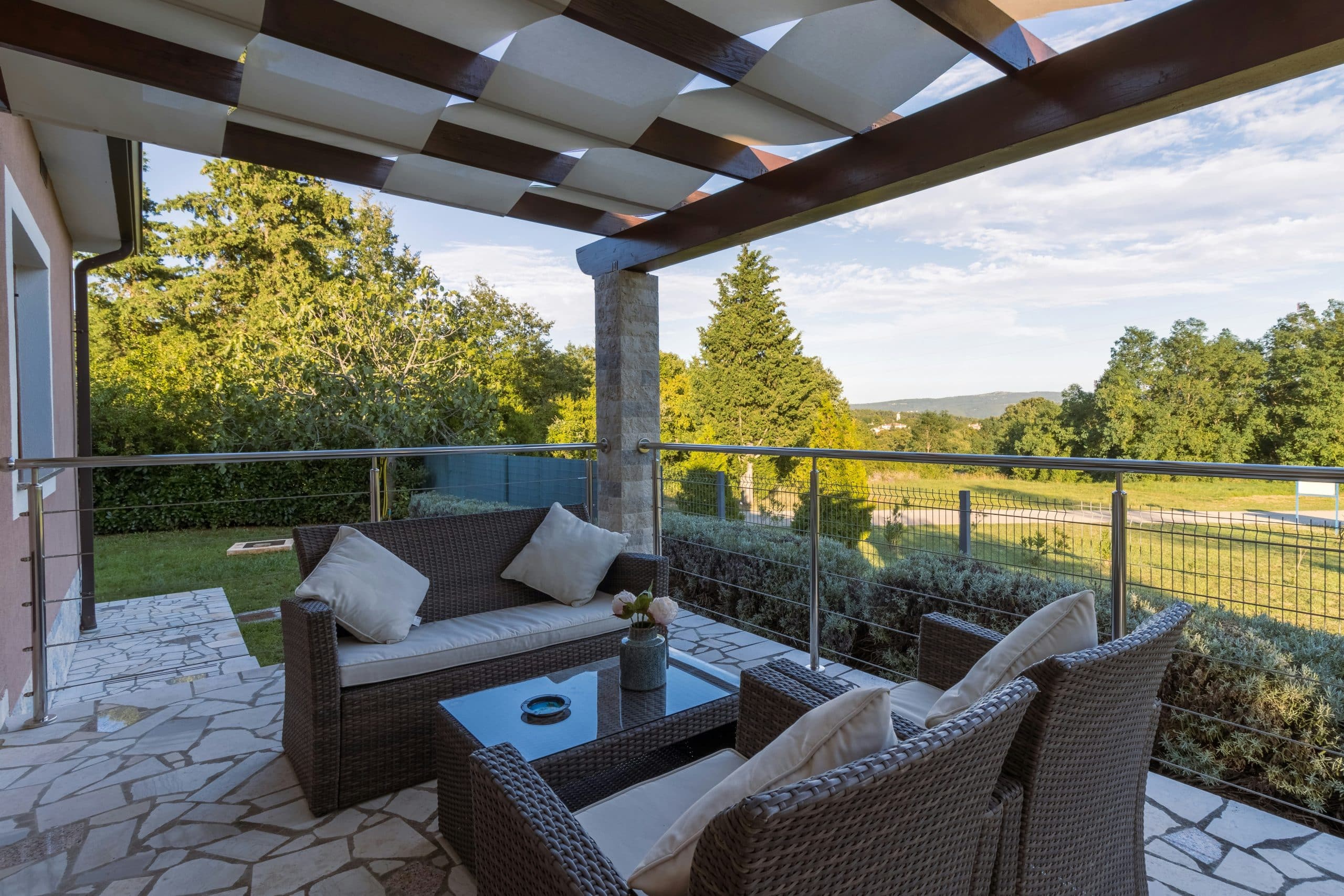
Design Cohesiveness
Maintaining design cohesiveness between your indoor and outdoor spaces strengthens the overall unity of your home. To create a fluid visual connection, extend interior design themes, color schemes, and material choices to your patio. This could involve matching outdoor furniture with your indoor decor or using similar plant varieties in your patio pots as those found in your indoor spaces.
Consistency in design elements helps blur the boundaries between inside and outside, making the outdoor area feel like a natural extension of your home.

Value Addition
A well-executed covered patio enhances personal enjoyment and adds significant value to your home. Potential buyers see it as an attractive feature, providing additional functional living space and improving the aesthetic appeal of your property.
When designing and decorating your patio, consider future resale value and choose widely appealing and timeless elements. This approach ensures that your outdoor space remains valuable, whether you’re enjoying it now or considering selling your home.
When these fine details come into consideration, they shall transform your patio under a cover into a delightful outdoor retreat that complements your home, caters to your lifestyle, and adds value to your property.
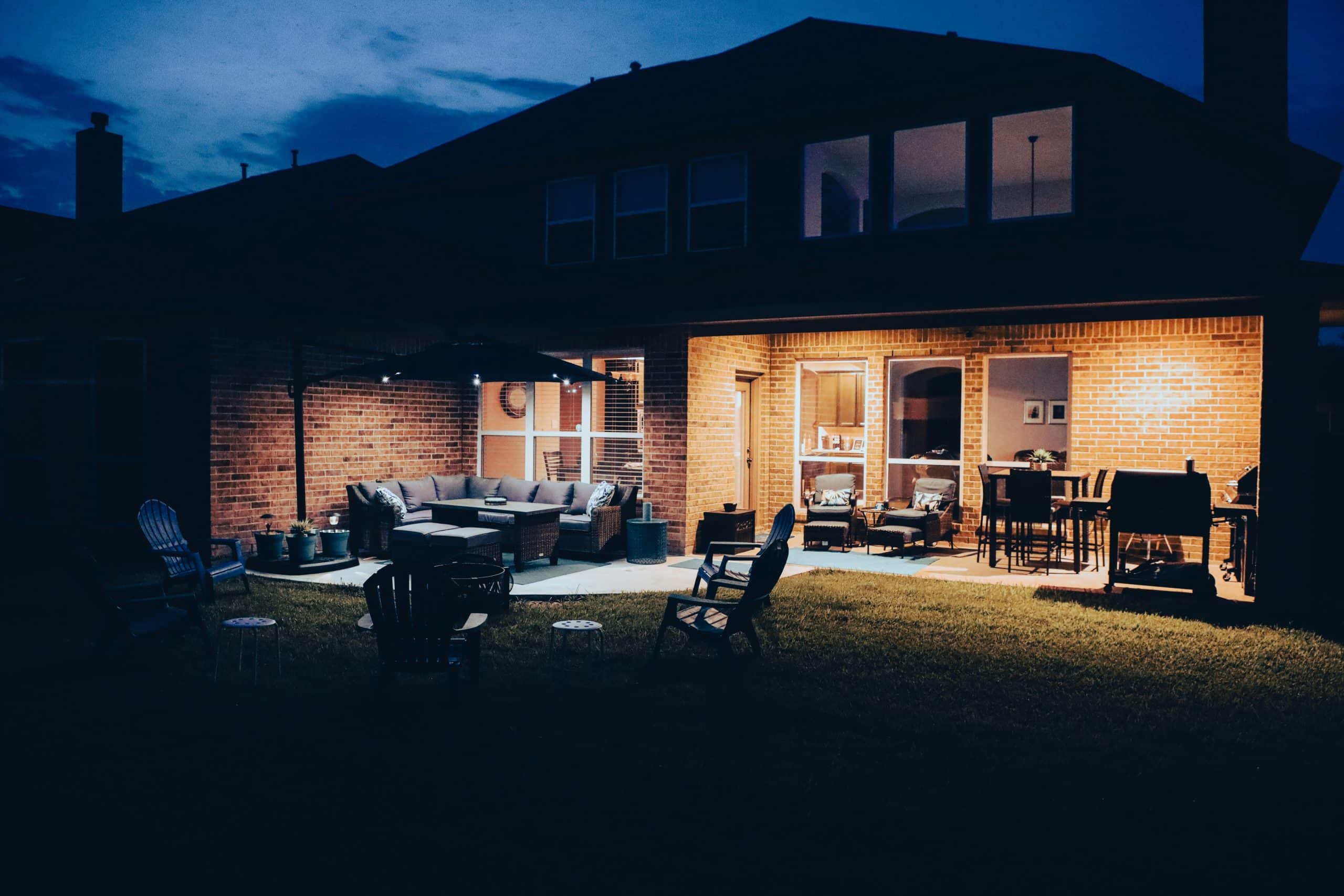
Conclusion
A covered patio in the house is always a rewarding project. It adds living space; sometimes, it might be an accomplishment key in raising home value. An outdoor refuge will always be a tranquil and splendid opportunity with expert planning, thoughtful design, and proper construction. That would include following local building codes, purchasing good quality materials, and sometimes hiring professionals for part of the work to deliver a very high-grade product.
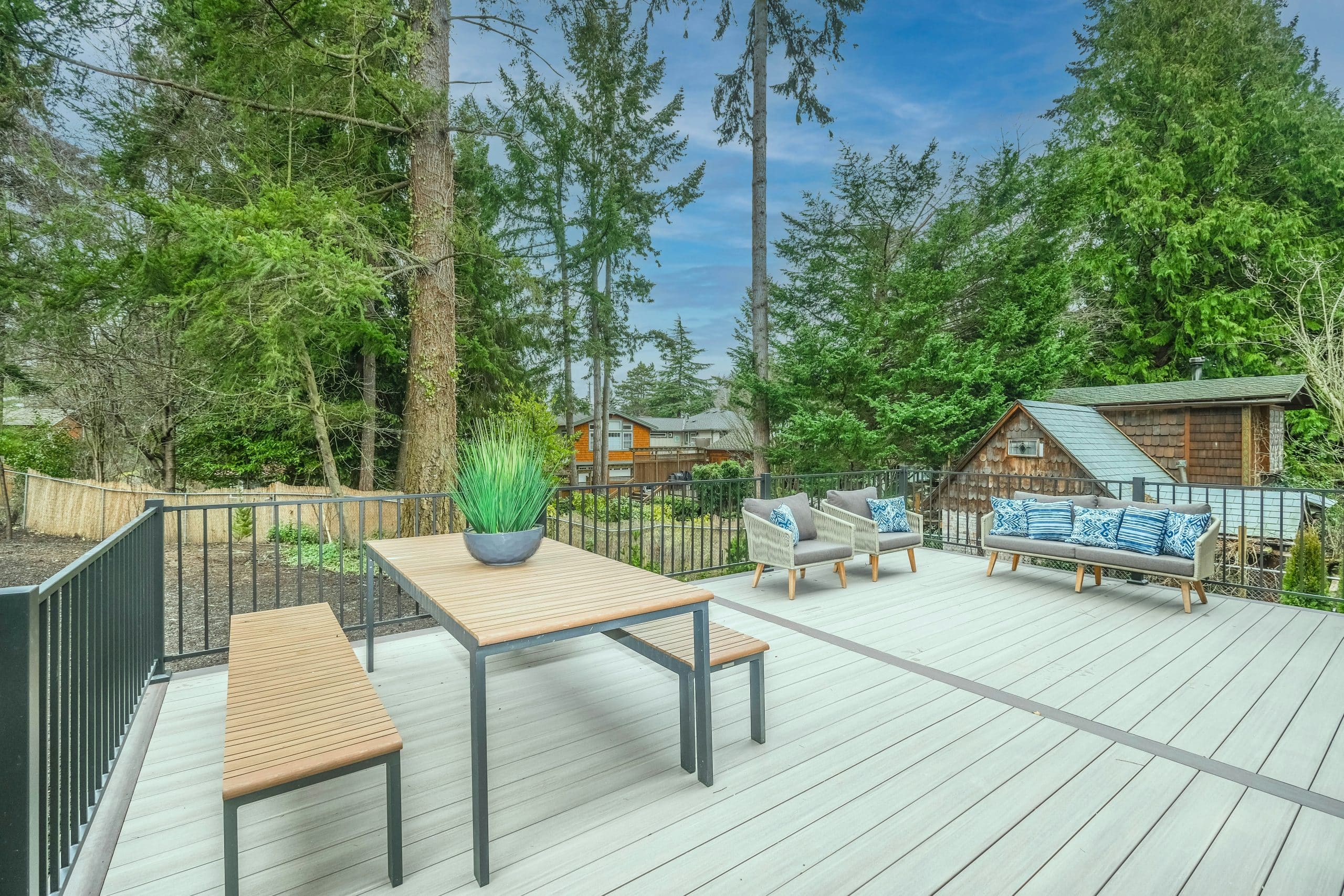
FAQs about Building a Patio Covers
Can a covered patio add value to my home?
A well-constructed and aesthetically pleasing covered patio can increase your home’s value by enhancing its outdoor living space and overall appeal.
What’s the difference between a veranda and a lanai design?
A veranda is typically a roofed platform along the outside of a house, often enclosed by a railing, and is common in colonial-style homes. A lanai is a term used mainly in Hawaii, referring to a covered outdoor living space, often furnished and used as a living or dining area.
How long does it take to build a covered patio?
The time it takes to build a covered patio can vary widely based on the design, size, materials, and whether you hire professionals or do it yourself. Generally, it can take anywhere from a few days to several weeks.










